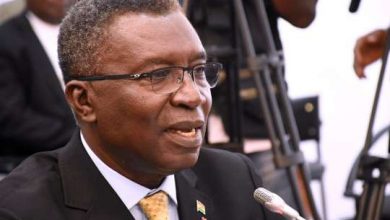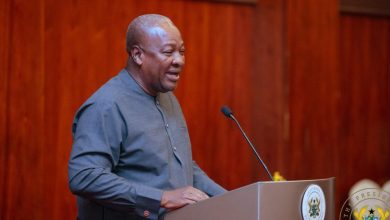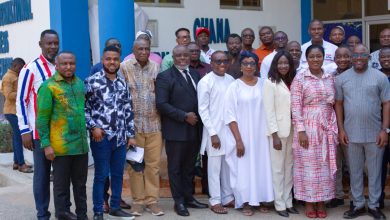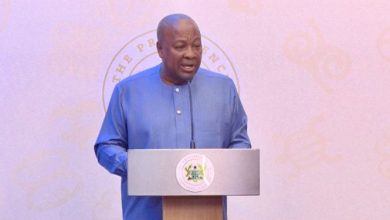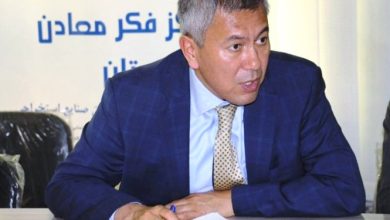Akufo-Addo Commissions Gh¢6.07 Million Hohoe Technology Solution Centre
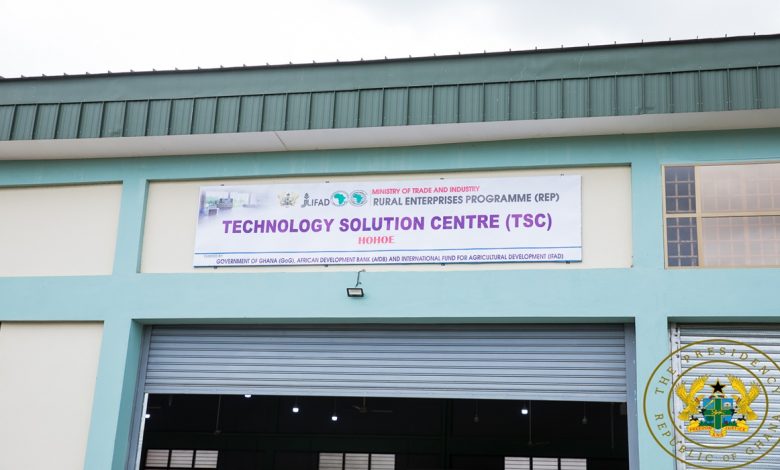
The President of the Republic, Nana Addo Dankwa Akufo-Addo, on Friday, 10th September 2021, commissioned the Hohoe Technology Solution Centre, one of five (5) new facilities being established by the Rural Enterprise Programme of the Ministry of Trade and Industry.
The Hohoe Technology Solution Centre, located at Gbi Godenu, and constructed at a cost of GH¢6.07 million, will support Government’s industrialization agenda, particularly the 1-District-1-Factory initiative.
The key functions of the Technology Solution Centre will be the production of spare parts and repair services for district factories and oil and gas industry, the manufacturing of agro-processing equipment, and the provision of training for human resources capacity building
The Hohoe TSC is expected to serve factories, artisans and other customers in the following districts in Volta and Oti, including Hohoe, Afadjato South, Kpando, North Dayi, Jasikan, Kadjebi, Biakoye, and the soon to be inaugurated Guan District.
The Hohoe Technology Solution Centre is one of five Centres spread around the country, with the others located at Kumawu in the Ashanti Region, Savelugu in the Northern Region, Elmina in the Central Region and Dormaa Ahenkro in the Bono Region.
The five new TSCs are an upgraded version of and an addition to the original 26 Rural Technology Facilities (RTF) established by Rural Enterprises Programme across the country, in collaboration with GRATIS and the host district assemblies.
The RTFs were established to serve as magnets for industrial activity and have been equipped to perform as hubs for technology promotion, dissemination and transfer to the informal sector. They also provide skills training to master crafts persons and apprentices.
Their main roles and functions were to increase the productive capacity of rural producers and to promote the commercialization and specialization of agriculture within the framework of national economic growth.
The new TSC model was conceived in 2017 by the Ministry of Trade and Industry, under the general plan to realign the Rural Enterprises Programme to be consistent with Government’s Industrialisation Policy.
The TSCs have enhanced capacities with much bigger workshop buildings and workshop spaces for machining and fabrication, offices, classrooms, showrooms, kitchenette and conference facilities.
They are equipped with modern machinery and tools to provide the technology solution needs of industries within their catchment.


